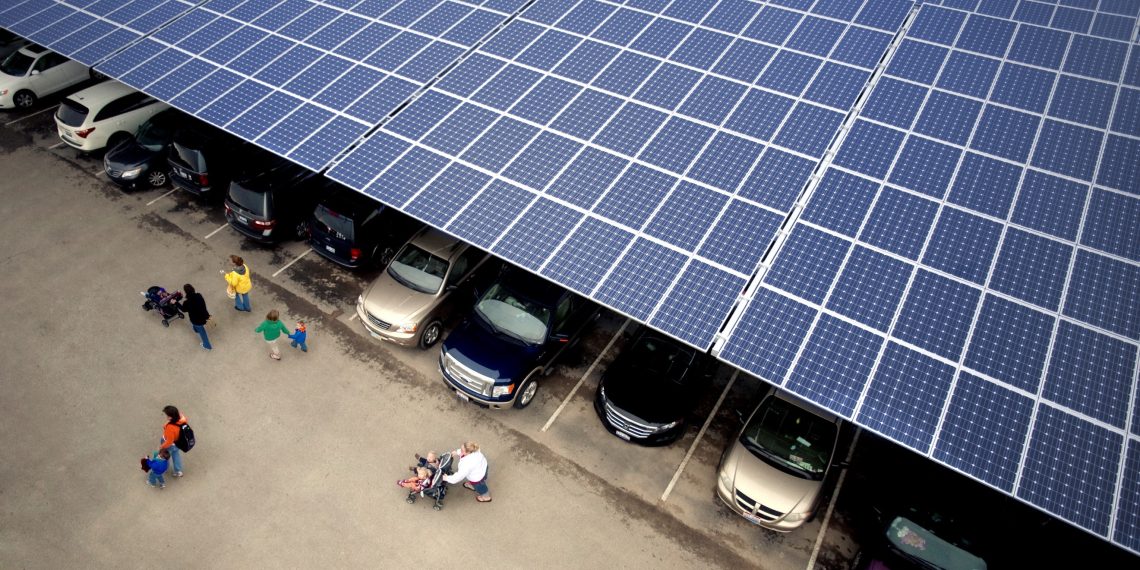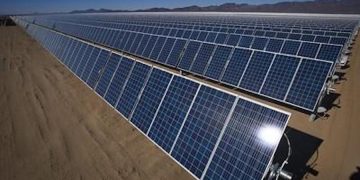What investors need to know when considering building a solar canopy on parking lots to increase asset value and performance and the toolkit to evaluate.
Last December we explored the solar parking lot model and suggested it as an interesting investment opportunity for private investors. We were excited enough to build a financial/valuation model around the topic and in the process, we discovered the drivers to solar parking lot projects. In this article, we will explore the key findings from the model.
The Model
The model incorporates market research from the November 2019 IBISWorld Industry Report 81293 Parking Lots & Garages in the US. The report was used to layout the operating revenue/costs of a parking lot. For all solar-based CAPEX and operating revenue/cost projections, we used information from Wholesalesolar.com and LADWP.
From the transaction summary (Figure 1), you will find the financial summary and transaction overview for a case study we ran on an investment property in Downtown Los Angeles. By applying the model to a real opportunity, we were able to measure: “does this investment make sense?”
Our model provides a forecasted income statement, depreciation and debt schedules, and a DCF model. The assumptions tab is specifically designed for solar canopy projects and includes relevant ITC metrics and regional PPA estimates.

The Drivers
What investors really need to watch out for as they consider deploying a solar canopy on a parking lot are as follows:
Scale – the bigger, the better. The CAPEX can be too large for a relatively small property and adding solar can actually lower the IRR of the overall project. Scale not only includes the size of the lot but also the percentage of total space available on the property where a solar canopy can be developed.
Capital structure – taking on debt can increase IRR. However, the terms of the debt will greatly drive NPV and IRR values. Thankfully, our model breaks this down pretty clearly. At favorable rates, which we assume in the case study, a heavier debt load is favorable.
Rate Premium – the rate charged to customers at a parking lot with solar, relative to a lot without solar, should be higher. We suggest about a 25% rate premium because of the shade and protection from natural elements. This also brings in the opportunity for EV charging stations, which is another attractive service for users.
Conclusion
Adding a solar canopy can increase annual revenue for a parking lot by about 15% directly and an additional 10-30%, indirectly. This sums to upwards of a 45% increase in revenue! Solar parking lots are becoming a big attraction for schools and businesses, especially in CA (Figure 2). The decreasing costs of solar are making it even more attractive.












Like!! Great article post.Really thank you! Really Cool.